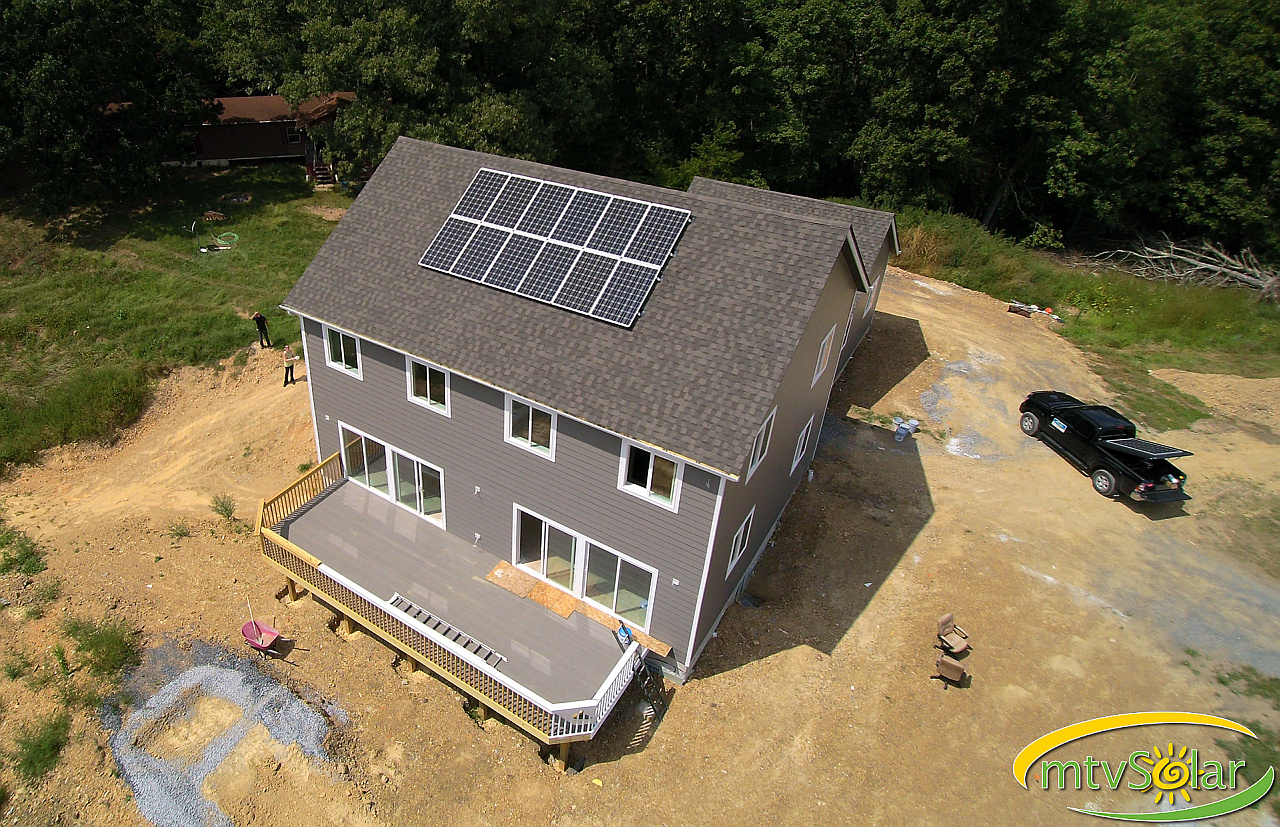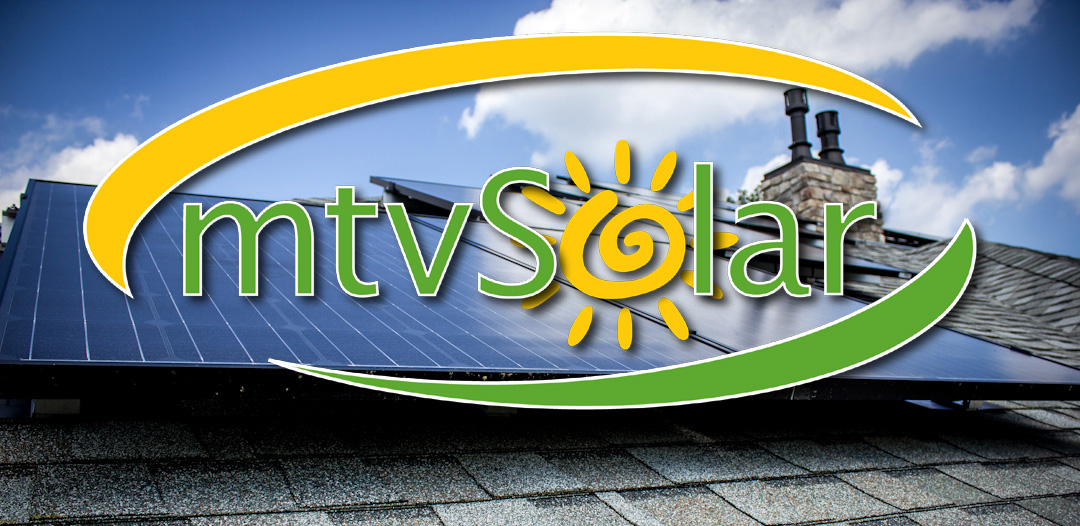 The 30% Federal income tax credit is valid through the end of 2019, and then begins to taper off before eventually disappearing for residential installations. As we’re in the final year to claim the full 30%, thoughts of claiming the solar tax credit inevitably come up more often. The tax code and its system of credits and deductions is a complex maze to navigate. The better you understand it, the more you can claim back from your taxes. For the average American, this can turn into thousands of dollars every year that comes straight back into your pocket.
The 30% Federal income tax credit is valid through the end of 2019, and then begins to taper off before eventually disappearing for residential installations. As we’re in the final year to claim the full 30%, thoughts of claiming the solar tax credit inevitably come up more often. The tax code and its system of credits and deductions is a complex maze to navigate. The better you understand it, the more you can claim back from your taxes. For the average American, this can turn into thousands of dollars every year that comes straight back into your pocket.
While claiming dependents and education expenses are two of the most popular tax credit options, there are lucrative alternatives. One of which is the Federal Solar Investment Tax Credit, or ITC. This allows that homeowners who install solar energy systems on their property to get both the long-term return of energy savings and a substantial tax credit to help pay for the system. The following dives into the Solar ITC and how to claim the credit on your taxes.
What Is The Solar ITC?
This investment tax credit reimburses homeowners, as well as commercial property owners, for 30% of the cost of any solar energy system that they get installed on their property, including batteries charged by solar, though 2019. This reimbursement is directly taken out of the customer’s Federal tax liability. To explain this in monetary terms, if you spend $30,000 on a solar energy system for your home, you will get back $9,000 from the Federal ITC.
It is important to note that there is no limit to the credit. In other words, even if a residential property owner finds a way to spend $100,000 on a solar energy system, they could still get 30% of this cost back. However, this type of spending is unlikely as the cost of solar energy systems is dropping rapidly due to their popularity. And it is this same popularity that is to thank for the current existence of the Solar ITC. It is important to note that you can only cancel out up to your Federal tax liability in any given year; thankfully the ITC can be carried forward. More on this later.
 Originally, the ITC was established as part of the Energy Policy Act of 2005. The government set its sunset date for December 31, 2007. Congress quickly saw that the ITC spurred the acceptance of solar energy systems and was helping the country make a smooth transition to an economy based on more renewable energy. Because of this, they extended the tax credit’s expiration several times. And while the full 30% credit is still available to homeowners, it will only fully be available through the end of 2019. Then, every year after it will taper down until it fully expires in 2021.
Originally, the ITC was established as part of the Energy Policy Act of 2005. The government set its sunset date for December 31, 2007. Congress quickly saw that the ITC spurred the acceptance of solar energy systems and was helping the country make a smooth transition to an economy based on more renewable energy. Because of this, they extended the tax credit’s expiration several times. And while the full 30% credit is still available to homeowners, it will only fully be available through the end of 2019. Then, every year after it will taper down until it fully expires in 2021.
In 2020, the tax credit drops down to 26% for any systems that are installed. In the last year, 2021, new owners of solar energy systems can claim back 22% of their installation costs. In 2022 and onwards, only new commercial solar energy systems will get a tax credit of 10%‚residential owners will not be able to get a tax credit for any new solar system that they install unless congress takes further action.
Finally, there is also a new stipulation in place. In previous years, tax credits would only be given to systems that were operational. The IRS has clarified, however, that homeowners can claim the credit as soon as construction on the new system commences. The only caveat is that the system must be operational by the end of 2023.
How To Claim Your Federal ITC
Perhaps you have already installed your solar energy system. Or maybe you are just thinking about it. Either way, you need to know what comes next. How do you get that 30% of the cost back? Thankfully, the process is not too complicated. You will need to send the IRS an extra form and add some additional information to your 1040. But other than that, the process is as simple as ABC‚literally.
A. Federal ITC Eligibility
Before you go through the process of filing for a credit, it is best to ensure that you are eligible to receive the credit in the first place. There are two key aspects to eligibility. The first is that you own the property that the solar energy system is on. This eligibility extends to any residence that you own, even one that is not listed as your primary residence‚you do need to live in the residence for at least part of the year, however.
The second part of Federal ITC eligibility is ownership of the solar energy system. While there are some state and local solar incentives that do not require ownership of the solar system, for the Federal credit it is necessary. If a lease is signed for the system, the third-party who owns it is the one that will get any credit for the system.
B. Fill Out IRS Form 5695
Form 5695 is dedicated to several different residential energy improvements. Therefore, unless you have made other energy renovations to your home, you will mark all non-solar sections as 0. To fill in the solar lines:
- Calculate the qualified solar electric property costs. This will be the gross costs of the solar energy system, excluding any rebates that were received.
- The following lines on the form are dedicated to other energy renovations. As previously noted, if none were made, you can mark these as 0.
- You will then add these lines together and multiply them by 30%. This will provide you with the tax credit you can claim back.
- It is important to then work through the calculations on the fourth page of Form 5695’s instructions to see what your tax credit claim limit is. In other words, your tax liability may not be high enough to claim back the full 30%. If this is the case, you can carry over the remaining credit to the following year.
- You will then enter your tax liability limit onto the form. If the claim is greater than the limit, there is a line to note how much will be carried over into the following year.
It’s worth noting that most tax preparation software packages will complete this form for you.
C. Note The Credit On Form 1040
When you have finished the calculations for your 30% tax credit, you can put the outcome of Form 5695 in the “Residential energy credits” line on your Form 1040.
 mtvSolar is here to guide you step-by-step! To learn how you can lower your utility bills with solar power, please contact us now for a free, zero-pressure consultation customized for your home. mtvSolar typically services West Virginia, Virginia, Maryland and Pennsylvania.
mtvSolar is here to guide you step-by-step! To learn how you can lower your utility bills with solar power, please contact us now for a free, zero-pressure consultation customized for your home. mtvSolar typically services West Virginia, Virginia, Maryland and Pennsylvania.
Important Note: Mountain View Solar does not have tax practitioners or accountants on staff. You should consult a licensed tax advisor for detailed information on solar tax credits as they apply to your situation. However, our qualified sales team will be happy to discuss the general tax implications during your consultation.
Original article dated Sept 5, 2018, revised January 23, 2019


